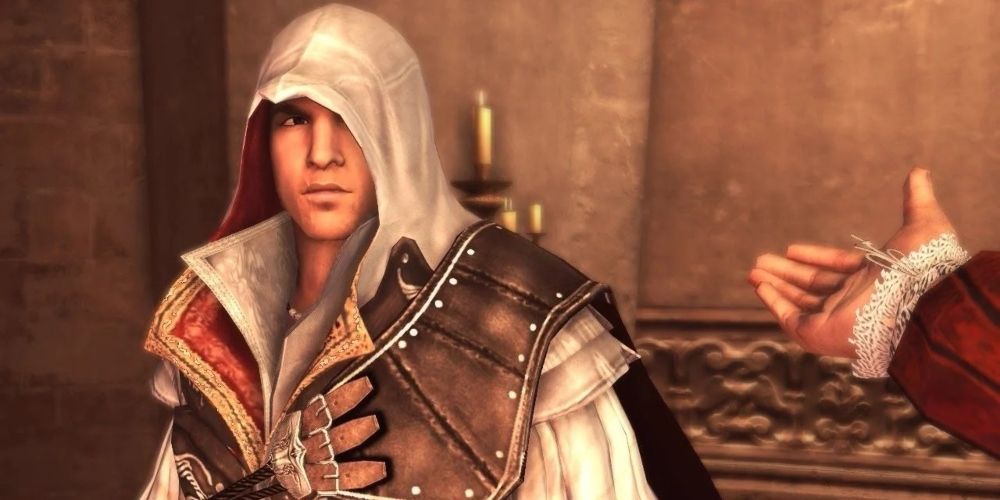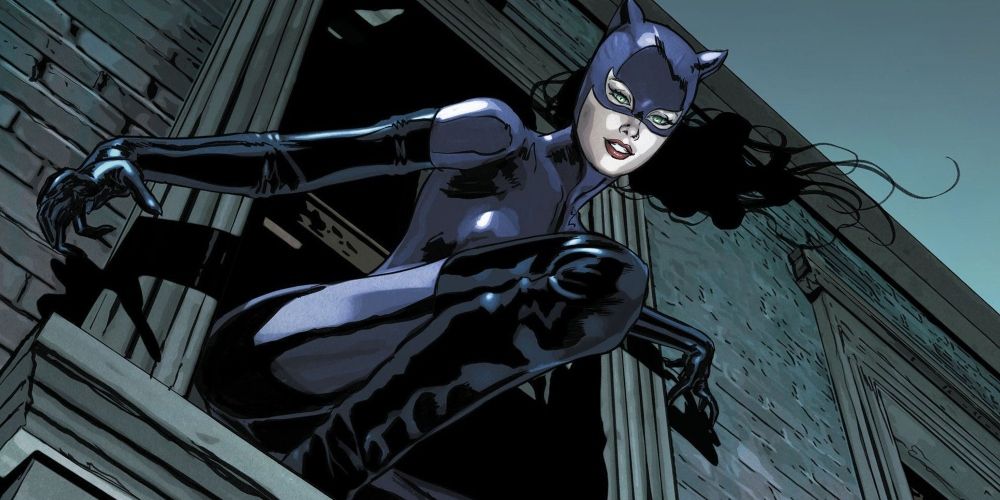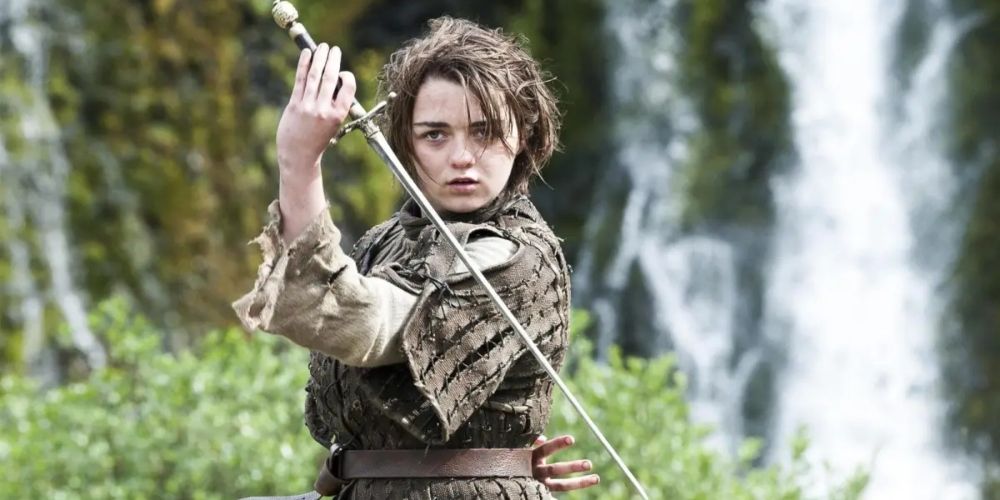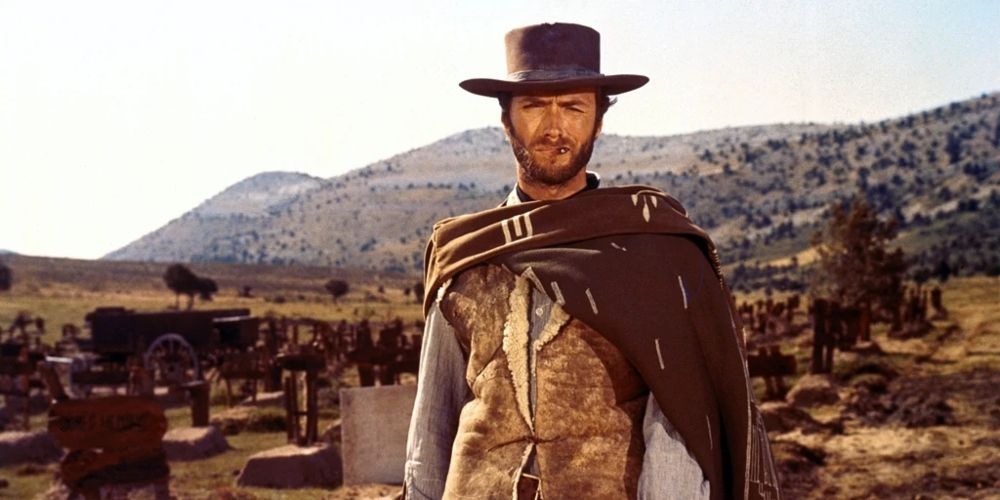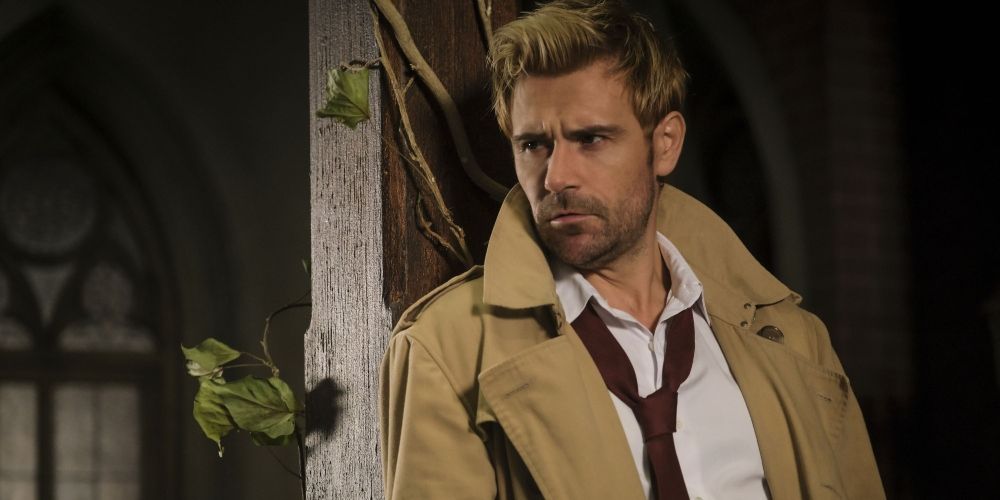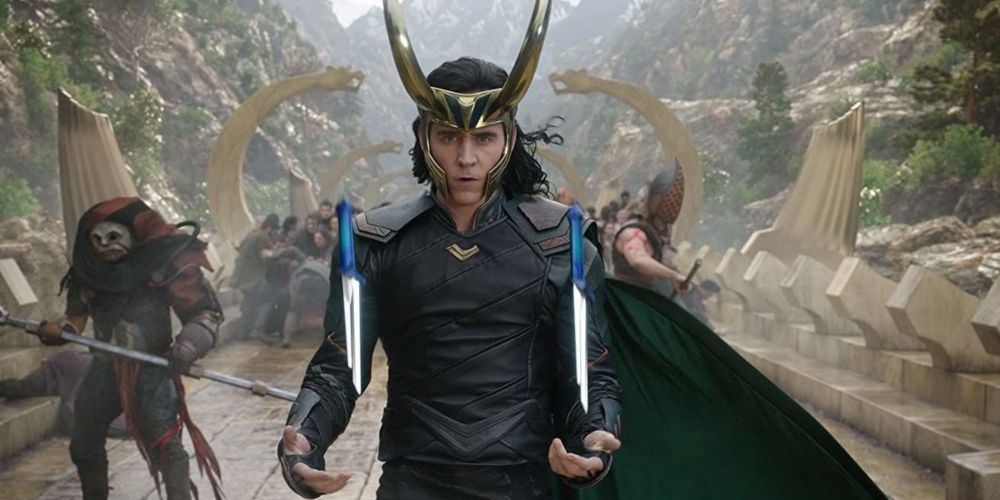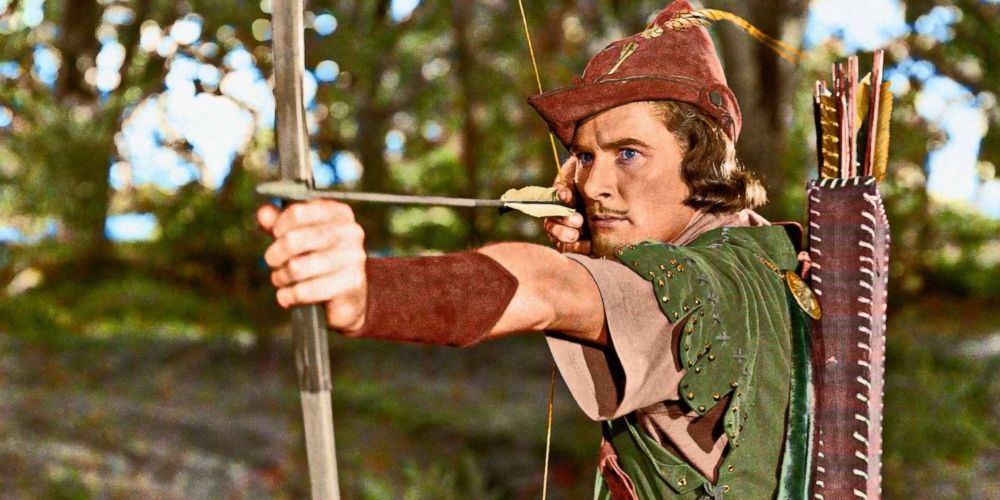The rogue is a very heavily stereotyped class in Dungeons & Dragons. Many associate it with thievery and criminality, using their skills to sneak around and swindle people. While some of their abilities lean in this direction, the rogue is a very open class in 5th Edition, simply becoming a skilled character who uses cheap shots in combat.
As such, the roleplaying possibilities are vastly more expanded than the limited view offered by stereotypes. The rogue can occupy any number of gameplay or thematic niches, with characters from all over fiction serving as potential inspirations for the class.
10 Han Solo Is A Rogue With High Charisma
Star Wars is one of the most famous sci-fi action franchises of all time, but it still has plenty of room for rogues. Han Solo fits the bill perfectly, even when he becomes a more conventional hero throughout The Empire Strikes Back and Return of the Jedi.
One of his first on-screen acts is to kill Greedo with a Sneak Attack before he spends much of the rest of A New Hope lying, bluffing, and even intimidating his way through many encounters – often unsuccessfully. Han Solo shows another face of the rogue, one who puts a lot of points into Charisma, and focuses heavily on social skills with proficiencies and Expertise.
9 Ezio Auditore Displays Countless Rogue Skills
For those who prefer a more hands-on approach to problem-solving, the rogue has the Assassin subclass. As the name suggests, it is built around getting close to enemies and then dealing as much damage to them in a single hit as physically possible. This subclass is fitting for emulating assassins across all fiction, but few are better than Ezio Auditore from Assassin's Creed.
Ezio is a widely-skilled man who spends several decades sneaking, hiding, climbing, stabbing, and pickpocketing his way around Rennaissance Italy. A rogue can emulate many of his talents with their proficiencies and Expertise. At the same time, the Assassinate feature can come some way to replicating the one-hit-kill of the Hidden Blade.
8 Catwoman Shows How To Handle Morally Grey Actions In A Good Party
A problem confronting the players of rogues, especially those who want to lean into the classic tropes of sneaking and stealing, is that their underhand or criminal methods can earn the disapproval of more morally refined party members. Maintaining a cohesive party is essential, but the ideal is for no player to have to sacrifice their character idea to do so.
As such, Catwoman from DC Comics, and particularly Batman titles, can serve as a good model. She's an unabashed criminal and occasional villain, but more often found on the heroes' side and accepted by them. Taking notes of her good heart, close relationship with more heroic characters, and critical role in the group can give rogues an idea of how to ingratiate themselves with Lawful Good.
7 Arya Stark Takes Several Levels In Rogue
Of all Starks in Game of Thrones, Arya has one of the more interesting journeys. Where her siblings become sword-fighting leaders of the Night's Watch, stateswomen among the best in Westeros, or skin-shifting mages, she crosses the Narrow Sea to train with the most notorious sect of assassins in the world.
Throughout the series, Arya prefers surprise attacks and manipulation, even when she gains far more prowess as a warrior. If she truly inspires a player, they can replicate her face-changing abilities with the Arcane Trickster subclass and Disguise Self spell or by taking the Mask of Many Faces Eldritch Invocation.
6 Jack Sparrow Resembles An Entire Archetype
After some time as a class in previous editions, the Swashbuckler serves as a rogue subclass in 5e, modifying the class' abilities to focus on acts of derring-do and one-on-one duels. While not explicitly themed after Jack Sparrow, fictional depictions of pirates as a whole serve as one of its inspirations, and he is one of the best-known.
The subclass emphasizes Charisma in its abilities, letting the player recreate the bumbling charm and surprising effectiveness of the infamous captain from the Pirates of the Caribbean series. His morally-gray-but-heroic alignment can inspire skilled roleplayers, letting them contribute generously to the party while being a chaotic force in the world.
5 The Man With No Name Is A Rogue In A Spaghetti Western
The Wild West isn't necessarily a place many would expect to find classic D&D classes, but they use many of the same character archetypes as other types of fiction, including some found in fantasy. One of the most famous Western characters of all time, Clint Eastwood's The Man With No Name from the 'Dollars Trilogy,' draws on many of these tropes.
Although a gun-toting fighter, he's a morally murky protagonist focused on getting himself through situations first and foremost. His combat style involves speed and trickery, being one of the fastest guns in the West. He also displays a wide variety of underhand skills repeatedly, showing that rogues can be found in almost any fiction genre.
4 John Constantine Is A Straight-Up Arcane Trickster
One of DC Comics' most famous magical heroes, the star of Constantine and Legends of Tomorrow, John Constantine uses much less magic than audiences might expect from his status. Instead, he prefers to use subterfuge, underhand means, and occasional outright brute force, only falling back on magic when he has no other choice.
This perfectly resembles the Arcane Trickster subclass of rogue. Although magically capable, they have the slowest gains of any spellcaster in the game, having a limited well of spells to fall back on. Their other skills have to be equally potent, and Constantine can serve as a good example of when to use them and when to go all-out with spells.
3 Annabeth Chase Is An Entirely Non-Criminal Rogue
While many rogue-like characters in fiction are criminals, this is far from universal. Showing just how widely-varied a rogue can be with their abilities, Annabeth Chase from the Percy Jackson series of books resembles the class without making a habit of any form of criminality.
She is a stealthy fighter, using invisibility and a knife to deal devastating hits to foes. Furthermore, she is the most knowledgeable character in the series – something that a rogue can easily emulate with high Intelligence and by putting Expertise in the game's knowledge-based skills.
2 Loki Is A Rogue When Compared To Gods
If taken by the standards of the ordinary humans and superheroes he interacts with, the Marvel Cinematic Universe's Loki is an immensely strong and durable warrior capable of matching Captain America in a straight fight. However, Loki is clearly a rogue when compared to Asgardians and other gods like Thor, Heimdall, or even the Warriors Three.
Loki is less durable than any of his fellows, but makes up for it with fighting from range, ample use of magic, and extensive amounts of stealth and trickery. Although players are unlikely to reach his power level until late in the game, his attitude and abilities can serve as good fodder for any rogue – especially an Arcane Trickster.
1 Robin Hood Has Stealing As His Stated Goal
One of the oldest folk heroes in Western culture has served to inspire countless rogues, real and fictional, throughout history. Although prone to a scrap, Robin Hood is the image of a subversive, thieving bandit leader. He leads covert resistance against the Sheriff of Nottingham, stealing from the rich so he can give back to the poor.
He serves as one of the many examples of how a rogue can be painted as morally good while embracing stealing and killing. Given the propensity for vile villains and corrupt officials in Dungeons & Dragons, a player can follow in the example of Robin Hood surprisingly literally in their adventures.



